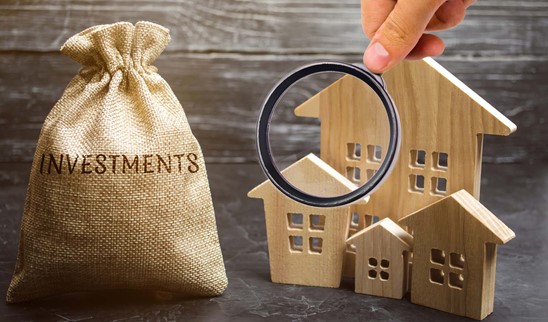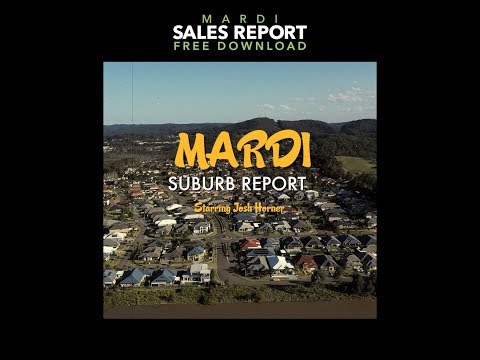How do dwelling values compare with previous highs?
Low mortgage rates, a swift economic recovery, which has spurred consumer sentiment, and low listing volumes have catapulted national housing values to new record highs.
At the end of March, the CoreLogic national home value index increased a further 2.8%, placing values 5.6% above the previous market peak in October 2017.
The combined value of Australian dwellings hit $7.9 trillion dollars over the month, according to CoreLogic.
This cements residential property as an extremely large and important asset class.

Comparing current capital city values with previous peaks adds some perspective to the current upswing – particularly in Perth and Darwin, where values remain substantially below their record highs from 2014.
It also highlights the very different dynamics across capital cities – such as in the ACT, where dwelling values have hit a new record high every month for 19 months.
The following charts plot the change in capital city dwelling values from previous peaks, and the number of months it has taken for values to surpass the previous peak.
The subsequent downturn and recovery trends vary, and are unpacked below.
Sydney
Sydney dwelling values took 44 months to reach a new record high value.
 While values have lifted a relatively high 8.1% since the COVID-induced decline (which bottomed out in September 2020), the total value of the dwelling market is actually only 2.6% higher than the previous peak, which was in July of 2017.
While values have lifted a relatively high 8.1% since the COVID-induced decline (which bottomed out in September 2020), the total value of the dwelling market is actually only 2.6% higher than the previous peak, which was in July of 2017.
In 2017, a price downturn in the Sydney housing market was likely catalysed by changes to lending conditions.
Cash rate reductions, along with a relaxation in borrower serviceability assessment rules, spurred the start of a recovery trend through 2019.
COVID-19 interrupted this upswing, but a recovery in economic conditions, and increased consumer confidence, has pushed values above the previous peak.

Melbourne
Melbourne values reached a peak in March 2020, after staging a recovery from the earlier 11.1% drop in values between late 2017 and mid-2019.
Closed borders created a negative shock, with a more significant and direct impact on inner-city rental demand.
Since bottoming out in October 2020, as stage 4 lockdowns began to ease, Melbourne dwelling values have climbed 0.7% above the pre-COVID high.
As the value of Melbourne housing nudges over its previous peak, it is worth noting the market has not recovered evenly.
House values remain -1.8% below the previous November 2017 high due to a larger correction through the recent downturns.
Within different price segments, there is also variation.

As of March, the ‘high’ end of the market (measured as the top 25% of values in Melbourne) was still -4.0% below its record high, which was in October 2017.
Meanwhile, low and middle tier values have increased beyond their pre-COVID highs by 4.9% and 2.2% respectively, reflecting a smaller decline turn recent downturns, as well as strong demand from first home buyers who typically target properties around the middle-tolower end of the market.
Brisbane
Brisbane dwelling values are 6.5% above the previous peak, which was in April 2020. Market values saw a peak-to-trough decline of -0.9% through COVID-19.
The decline lasted just 4 months, before Brisbane dwelling values recovered to a new record high by October 2020.
As with Melbourne, the recovery in the Brisbane housing market has been varied.
 While house values climbed 7.6% above the previous peak through March, which was reached in May of 2020, unit values remain -9.4% below the record high value, which was in March 2010.
While house values climbed 7.6% above the previous peak through March, which was reached in May of 2020, unit values remain -9.4% below the record high value, which was in March 2010.
Brisbane unit values are currently at similar levels as October 2007, reflecting a very affordable entry point to the market.
The weaker conditions across the unit sector are likely due to previously high levels of unit completions keeping values subdued, particularly in the later part of the 2010s.
ABS dwelling completion data saw unit completions across Queensland rise 50.4% in the 5 years to September 2020, compared with a 17.4% uplift in house completions.
However, strong internal migration flows to south-east Queensland, as well as other tailwinds for housing demand more broadly, has supported 5 consecutive months of growth in Brisbane unit values since November 2020.
Adelaide
The Adelaide dwelling market was one of the least affected through COVID-19 in terms of values.
Following a -0.2% dip from the previous high in May 2020, values had surpassed the previous peak by September last year.
 The rate of change in dwelling values jumped to a monthly increase of 1.5% over March 2021, which is the highest monthly growth rate seen across the city since December 2007.
The rate of change in dwelling values jumped to a monthly increase of 1.5% over March 2021, which is the highest monthly growth rate seen across the city since December 2007.
Both house and unit values across Adelaide are currently sitting at a record high.
Although housing values are reaching new highs each month, relative to the larger capital cities, Adelaide housing values remain low.
Perth
The CoreLogic home value index for Perth shows values -15.9% below the record high, which was in June 2014.
The peak-totrough decline, which was induced by the rapid withdrawal of mining investment, employment opportunity and migration, lasted around 67 months.
As the market started to recover in mid-2019, COVID-19 created an additional, negative shock, which pushed values down a further -2.2% between April and July of 2020.
Originally published by Property Update




